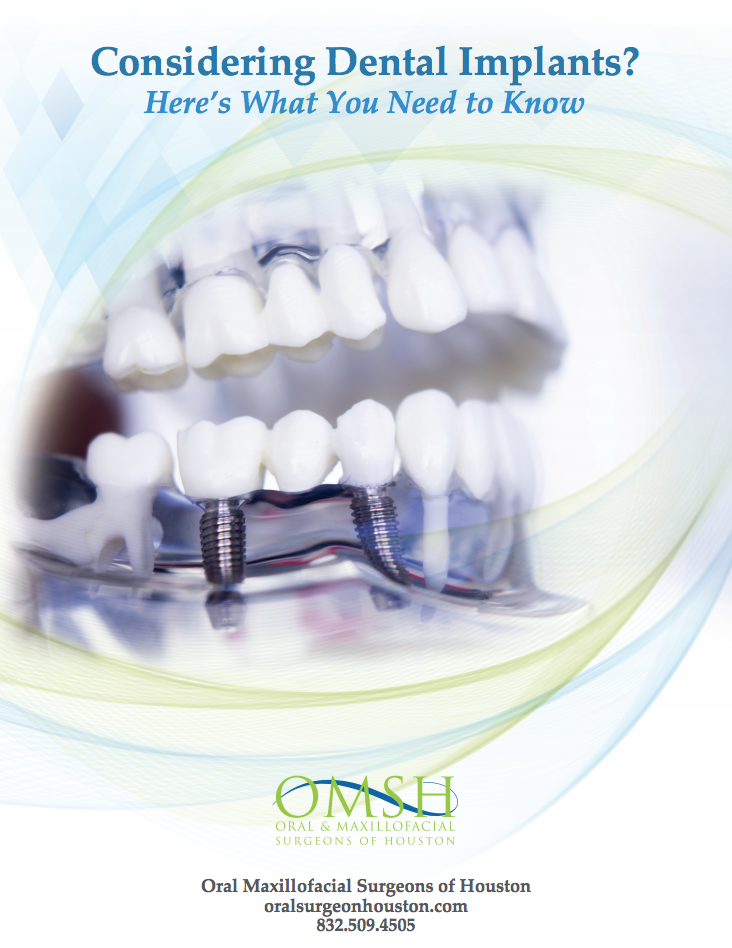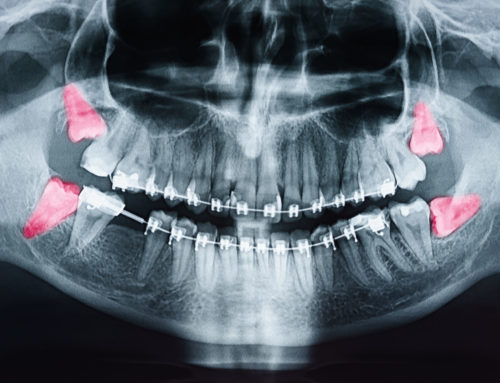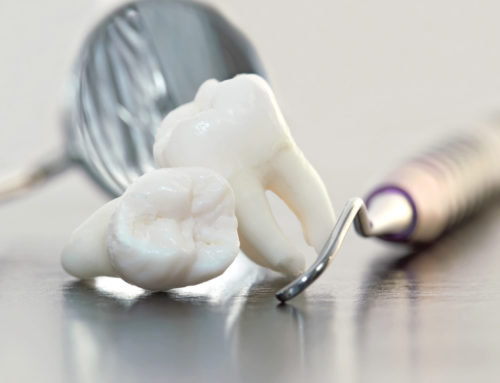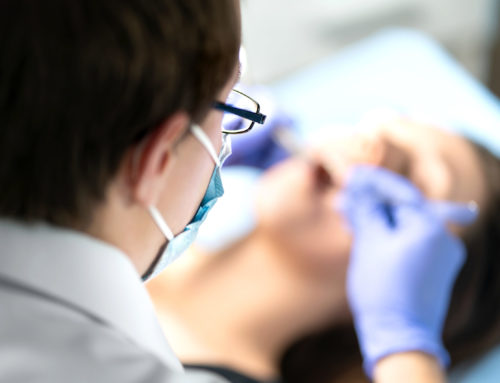It’s absolutely normal for patients to experience temporary discomfort following dental extractions. This discomfort is commonly managed with the help of prescribed or over-the-counter pain medications, along with antiseptic rinses and prescribed antibiotics to prevent infection during the healing process. Unfortunately, there are also those rare cases when a patient develops a painful condition known as dry socket, a few days after a procedure. This condition is accompanied by severe pain, foul breath, infection, and an unpleasant taste in the mouth. Thankfully, dry socket can be avoided, as long as patients follow the oral maxillofacial surgeon’s aftercare instructions during their recovery process.
What Is Dry Socket?
Dry socket is a condition that develops when the blood clot that is naturally formed at the site of the extraction has been dislodged or completely removed from its place. When the clot is prematurely removed from the socket, nerves and bone are exposed to air, saliva and other liquids, as well as food particles. As such, the healing process is interrupted and it becomes extremely vulnerable to infection. Only two to five percent of patients develop this condition, and it’s most often the result of not following oral surgery post-operative instructions.
What Are the Causes?
There are several factors that can contribute to dry socket, most of which involve activities surrounding the mouth after a procedure. Any kind of sucking motion, spitting, or site irritant can cause the blood clot to become dislodged. Poor oral hygiene can contribute to the problem, and women who take birth control pills are also more prone to developing this condition. Once a person develops dry socket at the site of an extraction, their risk of developing additional problems is increased. Below are a few common activities that should be avoided after having dental extractions:
- Using straws
- Smoking
- Nicotine- constricts blood vessels, limits the blood supply to the extraction site, and delays healing.
- Forceful spitting
- Heavy brushing over the site, and physically touching or picking the site.
- Eating crunchy, sticky, and gooey foods
- Gum chewing
- Carbonated drinks, alcohol, and hot drinks
- Elevated levels of oral bacteria and germs- bacteria can interfere with the development of the blood clot and healing.
- Other conditions- Hormone imbalances, certain medications, or any medical condition that interferes with blood supply and clot formation.
When to Seek Medical Attention?
The most obvious symptom of dry socket is severe pain during a time when you should be feeling better, not worse. Swelling is another symptom, accompanied with bad breath and a bad taste in the mouth. Patients can also develop fever due to infection. If any of these symptoms develop, it’s best to contact the oral surgeon immediately.
At OMSH, we work closely with patients who are having dental extractions, and take a complete medical and dental history to make recommendations on how to help avoid this condition. Ultimately, the best way to avoid dry socket is to follow all post-operative instructions that are provided to you by OMSH staff. Ensuring that a friend or loved-one is also aware of patient aftercare instructions will further help lower risk of development.
Contact OMSH at 832.509.4505 for more information, or to schedule an appointment.






